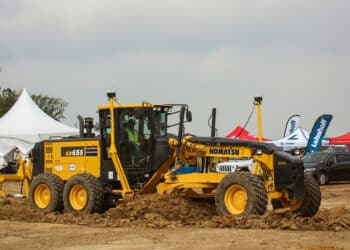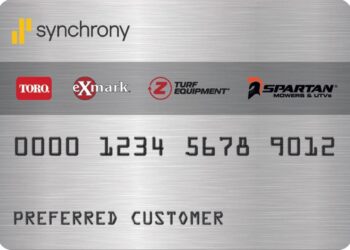Truck pre-buy activity delayed as tariff concerns grow
53% of fleet managers expect tariffs to last 1 to 2 years
As truck dealers and fleet managers delay truck orders due to tariff concerns, pre-buy activity related to upcoming emissions standards and truck replacements following the pandemic are creating a compact ordering window.
While the future of truck regulations around emissions mandates from the California Air Resources Board and the Environmental Protection Agency (EPA) remain unclear under the new administration, Scope 3 GHG emissions standards have not changed and continue to affect truck buying needs, Brian Antonellis, senior vice president of fleet operations at Fleet Advantage, told Equipment Finance News.
Scope 3 GHG emissions are indirect emissions that occur across a company’s value chain, including activities like purchased goods, transportation, product use and waste disposal, according to the EPA. These emissions are measured using the GHG Protocol Scope 3 Standard and the state of California has protocols in place beginning in 2026, according to the Climate Corporate Data Accountability Act.
“We’re still in the early stages of 2025, but 2026 is going to be interesting because we have the regulatory changes coming in 2027 and, while some of those are up for removal, GHG 3 is still in place, and that really hasn’t been challenged,” he said. “That’s going to pull some activity into 2026, and you’re going to have some deferred orders from 2025 because everybody’s paused a little bit. “
As a result, 53% of fleet managers expect tariffs to be in effect for the next one to two years, according to Fleet Advantage survey released April 8. But only 29% of respondents said they had developed a plan to address possible tariff effects on …truck costs.
Truck buyers face complex purchasing environment
As concerns about tariffs persist, more fleet managers need to prepare for a more complex purchasing environment as tariff-related delays and prebuy activity overlap, Antonellis said.
“We’re going to have this 18-month window for the second half of 2025 and 2026 to handle some of the pre-buy, all the natural replacements that need to happen in 2026 as well as deferred orders from 2025 where tariffs will pause a little bit,” he said. “We need to be strategic but need to have a little sense of urgency … knowing that at some point capacity is going to be limited and demand is going to increase.”
With more pre-buy behavior moving from 2025 to 2026, new truck sales continue to stagnate, Scott Lubischer, sales manager at Sandhills Global subsidiary Truck Paper, said in an April 7 Sandhills release.
“OEMs recognize this [change in sales], and they have been cutting back production,” he said. “Given the uncertainty clouding the global economy, many buyers are stalling.”
“While truck buyers look to address purchasing concerns, the current timeline makes it difficult to avoid tariffs, so developing a strong three-to-five-year procurement plan is key, as OEMs still have units available prior to the tariff cutoff today, Antonellis said.
“I don’t think you’re going to be able to avoid all of these hurdles,” he said. “The best you can do is have a very thoughtful plan, understand how it’s going to affect you, and adjust to the best of your ability to put yourself in the best position going forward.”
The third annual Equipment Finance Connect at the JW Marriott Nashville in Nashville, Tenn., on May 14-15, 2025, is the only event that brings together equipment dealers and lenders to share insights, attend discussions on crucial industry topics and network with peers. Learn more about the event and register here.









